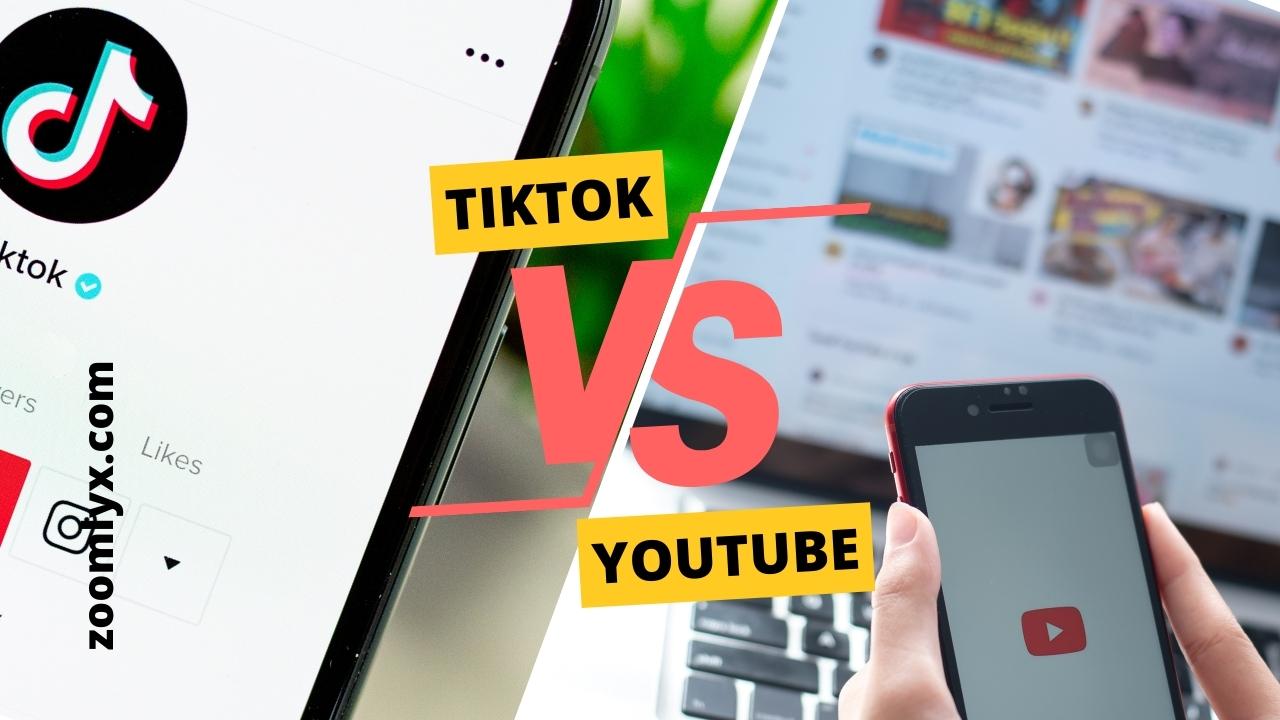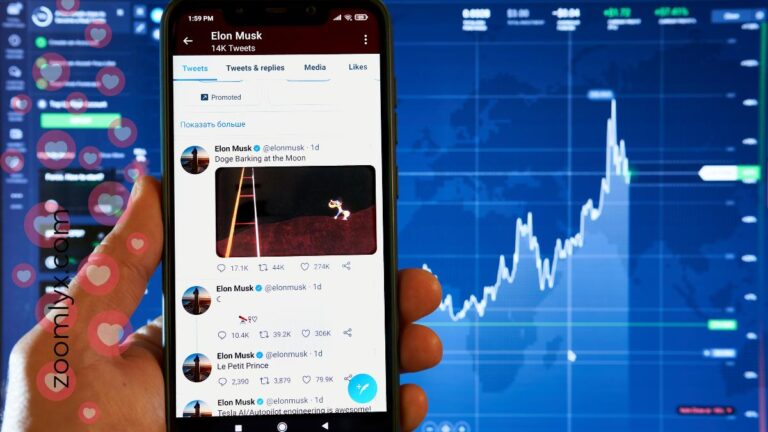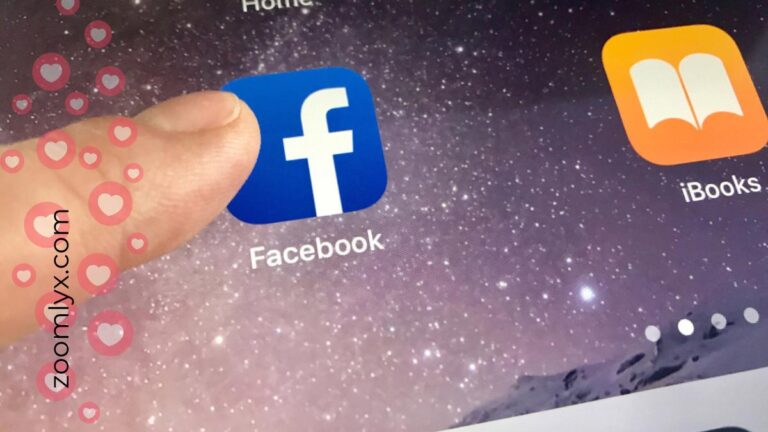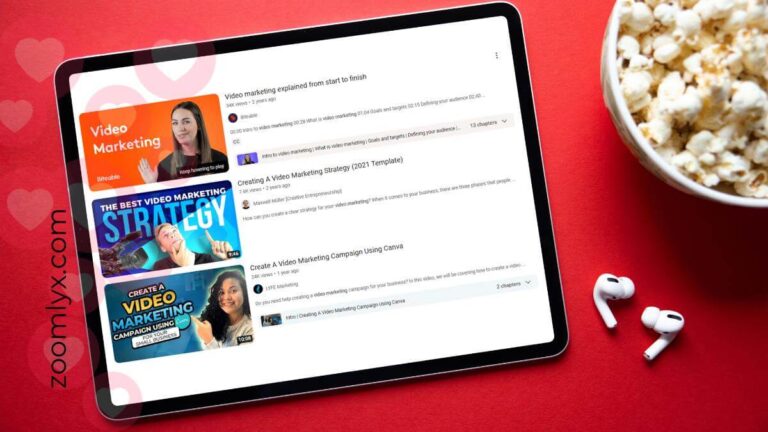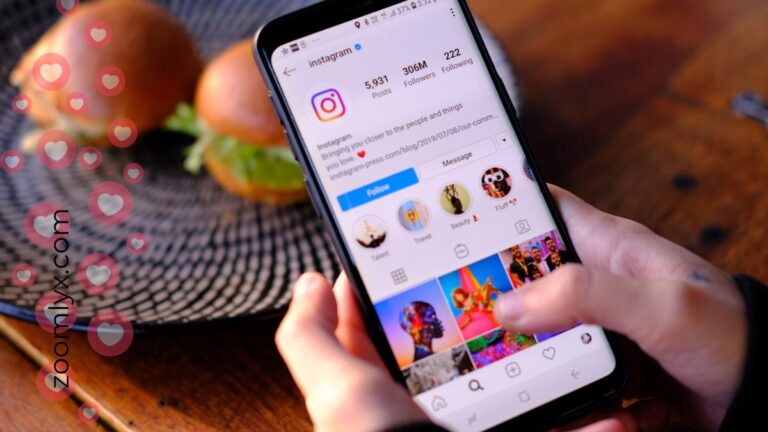YouTube vs TikTok: Which Platform is For Your Business
Video content has taken center stage on the internet in the digital era. TikTok and YouTube are two titans in this industry. Both systems provide distinctive functionality, content, and user interfaces. You’ve come to the correct place if you’re wondering which one best suits your requirements. In this post, we’ll go in-depth into the world of YouTube vs. TikTok, comparing and contrasting them, and looking at how they affect users and producers.
Youtube vs TikTok At A Glance
| YouTube | TikTok | |
|---|---|---|
| Launch Year | 2005 | 2016 |
| Origin | United States | China |
| Main Audience | Diverse | Primarily Younger |
| Monetization | Ad revenue, Memberships, Merchandise Shelf | Creator fund, Affiliate, Shop, Video gifts |
| Live Streaming | Available for eligible creators | Live Streaming feature |
| Algorithms | Google-powered recommendations | TikTok’s internal algorithms |
| Video Editing Features | Limited video editing options | Robust video editing tools (filters, sound effects) |
| User Interaction | Comments, likes, subscriptions | Duets, challenges, likes |
| Content Variety | Diverse content categories | Short-form creative content |
YouTube: The Video Titan
In the field of online video sharing, YouTube, which was created in 2005, is a seasoned veteran. It has transformed from a website for sharing cat movies into a center for content producers all around the world. It offers a huge selection of films, ranging from instructional courses to entertainment, and has over 2 billion people that log in each month.
PROS
- Long-Form Versatility: Suitable for in-depth lessons, vlogs, and documentaries is long-form versatility.
- Monetization Opportunities: There are several methods to make money, including ad income and connection with the product shelf.
- Impact on Pop Culture: The birthplace of online phenomena and trends has an impact on pop culture.
CONS
- Competition: Due to its extensive user base and lengthy history, there is a lot of rivalry.
- Monetization Requirements: Strict requirements must be met in order to qualify for monetization.
- Time-consuming: Producing high-caliber long-form material might take some time.
TikTok: The Rising Star
TikTok, in comparison, is the fresh face on the block. Having debuted in 2016 and garnered traction among younger viewers almost instantly. TikTok, a platform well-known for its short-form video content, has more than 1 billion members that are active daily. On this platform, there are no restrictions on inventiveness.
PROS
- Snappy Short-Form: Ideal for short, engaging videos.
- Engagement and Interaction: Duets and challenges are two features that encourage a sense of community.
- Monetization: Lots of monetization ideas
CONS
- Limited Video Length: Not all forms of content will be suitable for video length restrictions.
- Focus on Demographics: Tends to attract a younger audience more.
- Monetization: Due to new ways to monetize creators are confused about where to focus.
Content Creation
YouTube Content Creation: Long-Form Versatility
With its long-form videos, YouTube offers flexibility when it comes to content development. It’s perfect for in-depth lessons, vlogs, and documentaries since creators may post films that are anything from a few minutes to many hours long.
On July 12th, 2021, Shorts was formally made available in beta mode to 100 nations globally.
TikTok: Short, Snappy Videos
On the other side, TikTok benefits by being brief. The short length of TikTok videos encourages the creation of rapid, interesting, and frequently entertaining material. It’s ideal for people who have short attention spans.
Engagement and Interaction
YouTube: Comments and Subscriptions
With the use of comments, likes, and subscriptions, YouTube promotes engagement. Creators can develop a devoted fan base, and viewers can participate in conversations in the comment area.
TikTok: The Power of Duets and Challenges
With features like duets and challenges, TikTok elevates engagement. Users may join in popular challenges and cooperate with others to put their own spin on pre-existing material, strengthening the sense of community.
Monetization Opportunities
YouTube: Ad Revenue and More
For content producers, YouTube provides a variety of monetization possibilities, including ad income, channel subscriptions, and goods shelf integration. For many people, it’s a dependable source of money.
TikTok: Emerging Opportunities
While TikTok is still working on its monetization possibilities, aside from the TikTok Creator Fund which enables well-known producers to get paid depending on the success of their videos. You can now also earn an income via video gifts during your live stream or be an affiliate of a TikTok shop. For those wishing to make money off of their creativity, it’s a promising beginning.
Impact on Pop Culture
YouTube: A Platform for Trends and Fame
Numerous online trends and sensations have their roots in YouTube. It has significantly influenced pop culture, helped make certain people famous, and normalized viral challenges.
TikTok: The Birthplace of Virality
Due to its quick growth, TikTok has become a center for viral material. On TikTok, new songs, dances, and challenges frequently become viral and have an impact on music charts and popular culture.
SEO Integration
YouTube: Google’s Search Power
YouTube has a significant edge in search engine exposure thanks to its partnership with Google. Google search results frequently include videos, which broadens their audience.
TikTok: In-App Discoverability
Because TikTok uses its own internal search and recommendation algorithms, users may find material inside the app. It is a closed ecosystem where in-app interaction is given priority.
Which One Should You Choose?
Depending on your content objectives, target audience, and creative approach, you should choose between YouTube and TikTok. YouTube is ideal for seasoned artists, those who want long-form material, and those who want to make money off of their videos. However, TikTok is ideal for short, interesting material, promoting creativity, and interacting with a younger audience.
YouTube vs TikTok FAQs
Is it possible to earn money on both platforms?
Yes, monetization opportunities are available on both YouTube and TikTok, but the methods used are different. While TikTok has the Creator Fund, shop, and affiliates, YouTube relies on advertisements and subscription fees.
Can I cross-promote content between the two platforms?
Definitely! Both platforms are frequently used by creators to expand their audience and reach.
Which platform is better for brand promotion?
That depends on who your target market is. TikTok leans younger, whereas YouTube is more diversified.
How do I ensure my content ranks well on YouTube?
Include relevant keywords in your video’s titles, descriptions, and tags. Engage your audience to increase exposure.
Is TikTok suitable for businesses?
Yes, TikTok gives businesses the chance to engage with a younger audience through original and entertaining content.
What’s the future of video content on these platforms?
It’s probable that both social media platforms will keep developing, with YouTube growing its premium content and TikTok looking into new revenue streams.
Bottom Line
There is no one solution that works for everyone in the YouTube vs. TikTok debate. Your decision should be in line with your aims, audience, and content. Both platforms provide amazing chances for content makers, whether you choose the in-depth long-form of YouTube or the snappy originality of TikTok. Choose a platform that fits your aesthetic, then watch your content go off.

